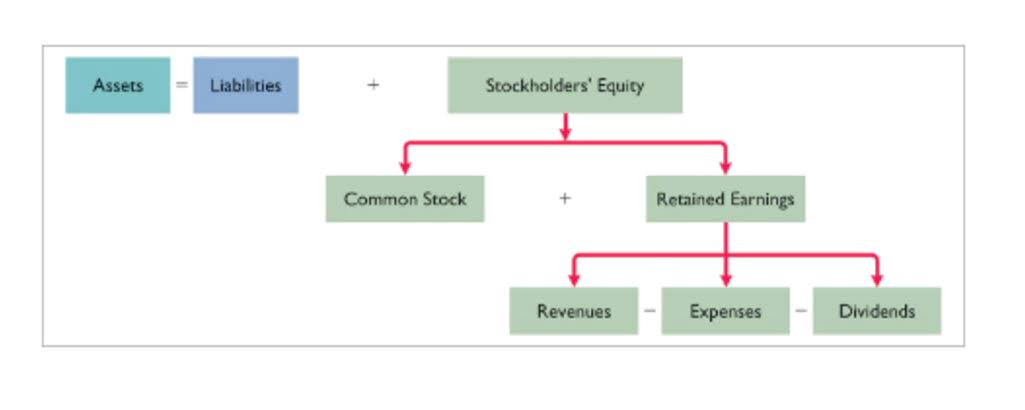
If you’ve earned any interest on your bank account balance, it must be added to the cash account. Regularly reconciling your bank statements helps businesses detect potential issues with their financial recording system, making it easier to rectify those problems quickly. This can range from one-off errors such as calculation mistakes or double payments to major concerns like theft and fraud.
Why Is It Important To Reconcile Your Bank Statements?
No, banks generally don’t put special withdrawal rules on high-yield checking accounts—unlike savings accounts, which may have withdrawal limits. However, many high-yield checking accounts require you to spend money each month by making a certain number of debit card purchases to earn the best rate. Until it has been deposited and cleared, outstanding checks are liabilities on the payor’s balance sheet.

Pros and Cons of High-Yield Checking Accounts

Adhering to these practices enhances financial control and transparency, reduces errors, and promotes efficient cash flow management. Managing outstanding checks is a critical aspect of effective cash management and maintaining what are outstanding checks in accounting accurate financial records. By tracking outstanding checks, businesses can ensure the integrity of their financial reporting, manage cash flow effectively, and prevent discrepancies that can impact their financial stability.
Get up to $300 when you bank with SoFi.
If more than six months have passed, that check may well be expired and considered void. A new check would have to be written or another method of payment could be used. Proper management of outstanding checks involves tracking, reconciliation, timely communication, and ensuring sufficient funds are available to honor the checks when presented for payment. When a business writes a check, it deducts the amount from the appropriate general ledger cash account. If the funds have not been withdrawn or cashed by the payee, the company’s bank account will be overstated and have a larger balance than the general ledger entry. Conducting regular bank reconciliation helps you catch any fraud risks or financial errors before they become a larger problem.
- Checks that linger only buy the company more time to gather up enough resources for payment to clear if more time is needed.
- Check is the document that orders the bank to pay a specific amount to the holder.
- It depends on the bank, but generally speaking, there aren’t any special limits on the number of withdrawals you can make from a high-yield checking account.
- An outstanding check is a check payment that has been recorded by the issuing entity, but which has not yet cleared its bank account as a deduction from its cash balance.
- This prevents someone from trying to cash or deposit it and possibly having it affect your account balance.
- The issuer needs to inform the bank regard to this issue and stop the holder from getting cash over a specific check number.

It’s important to keep enough money in your account to cover all the outstanding checks at all times. Bouncing an outstanding check can lead to financial consequences, such as fees imposed by the bank, damage to your credit rating, and potential legal actions from the payee. Be mindful of what outstanding checks you’ve written before drawing down your bank balance. Tracking of payments can be accomplished through the https://www.bookstime.com/ use of checks, which provide both a paper trail and evidence of payment. Through the use of the check, the sender and the recipient of the payment are able to retain a record of the transaction, which includes the date, the amount, and the payee. In this context, an outstanding check need not be outstanding for long; it may simply be the short period of time between when a check is mailed and when it is received.
What to Do if You Have Issued or Received an Outstanding Check
We will assume that an outstanding check has appeared on the outstanding check list that is part of the company’s bank reconciliation for at least four months. In other words, the company issued the check more than four months earlier and the check has not yet cleared the company’s bank account. In addition, high-yield checking accounts typically have more requirements to earn the rate, such as receiving direct deposits or making debit transactions. Unless you migrate all of your everyday banking over to the new financial institution, it’ll probably be difficult to ensure you meet these requirements each month. However, if the company cancels the outstanding check before the supplier cash out from the bank, they have to reverse back the transaction. They need to make a journal entry to write off the outstanding check by debiting cash at bank and credit accounts payable.
